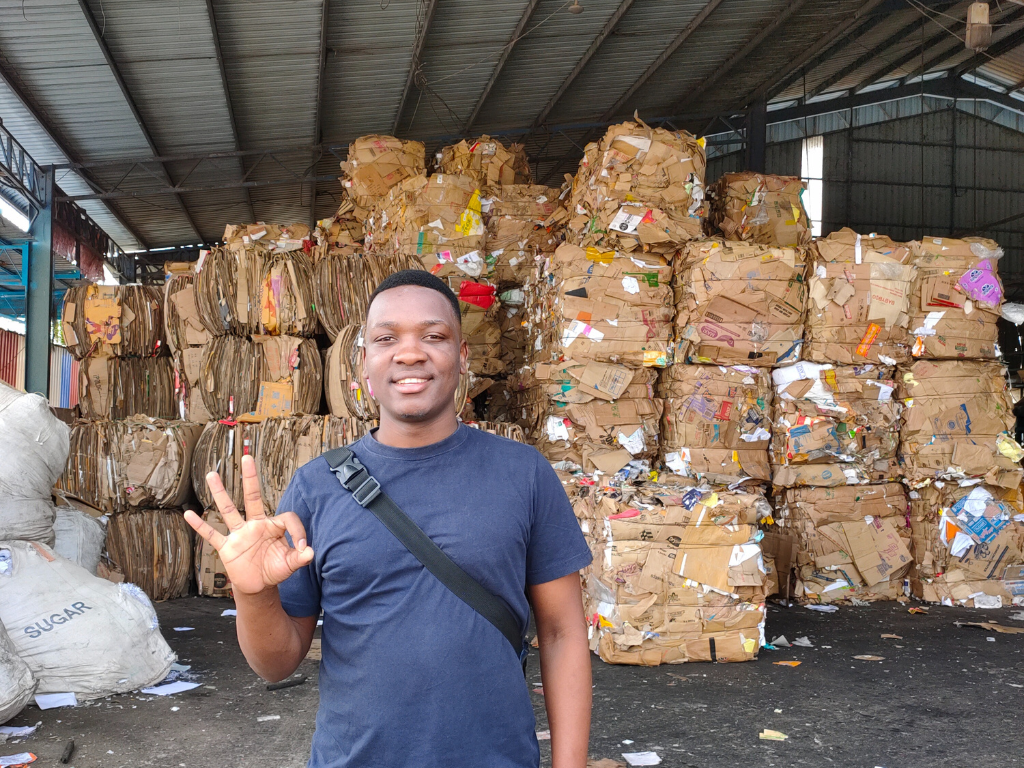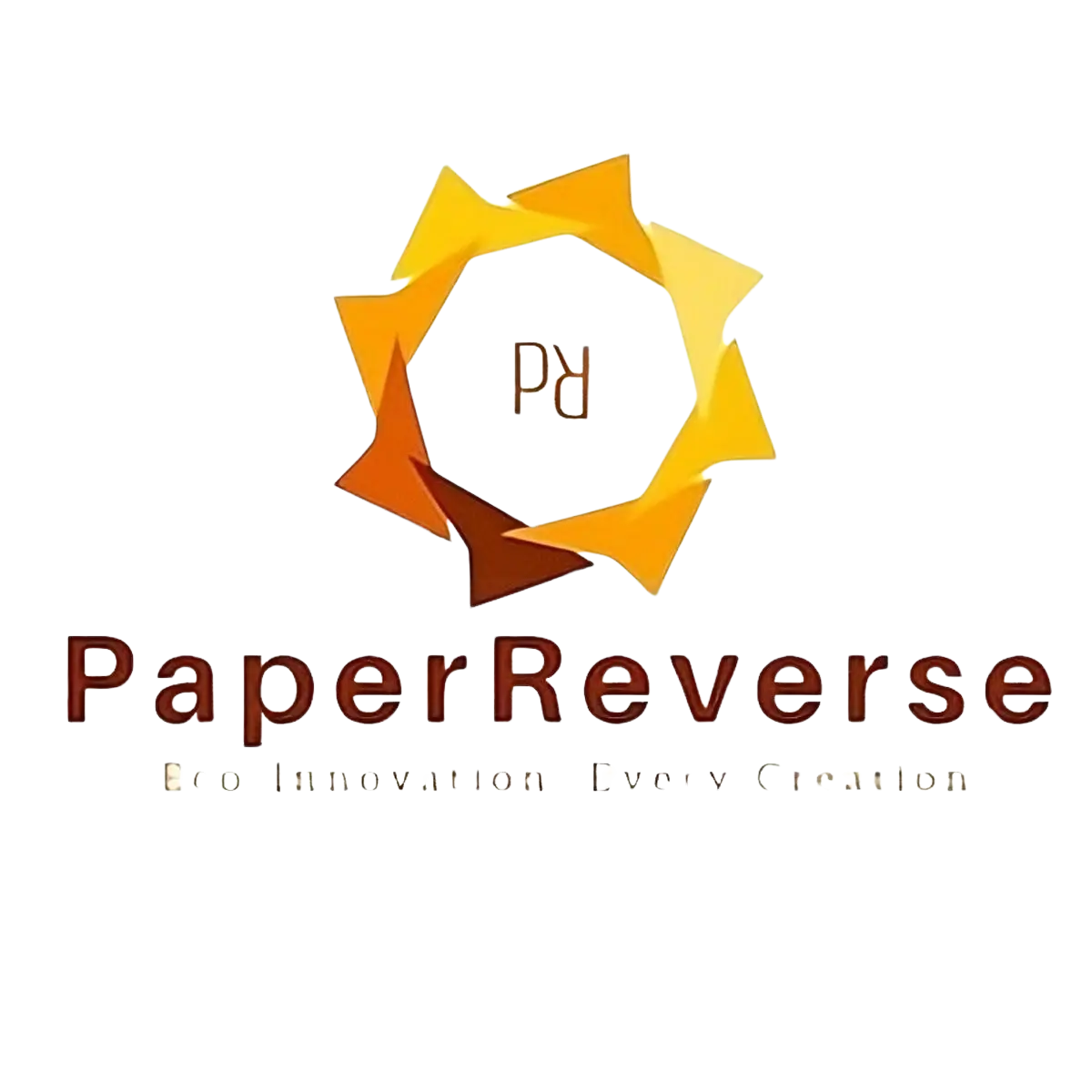No products in the cart.

In the digital age, where emails have largely replaced letters and PDFs, X and Instagram have taken over from print media, it might be easy to overlook the importance of paper in our lives. However, the paper industry remains a significant player in the global economy, with paper products being indispensable in numerous sectors. However, there is a downside to this as appropriate measures to dispose of paper are still poor. As environmental concerns have grown, so too has the focus on sustainability. This is where the PaperReverse journey comes in—a revolution that aims to transform the paper industry by upcycling what many would consider as trash into treasure.
The Beginning: A Response to a Growing Problem
The PaperReverse journey began as a response to the increasing awareness of the environmental impact of waste paper. The traditional paper-making process is resource-intensive, requiring large amounts of water, energy, and, most notably, trees and the disposed waste paper effects are far more hazardous to the planet. Deforestation, water pollution, and rising landfills prompted a young man named Petros T Mwatura who had witnessed his uncle turn waste paper into sculptures, to implement an individual action plan that would turn into a global solution.
Petros set out to assemble a team, diverse in both background and perspective, all sharing a common foundation in Business Administration with a particular interest in Social Business. This unique blend of skills and focus allowed him and his team to approach the problem of waste paper with a comprehensive understanding—one that considered both the environmental and economic impact.
The Evolution: Research, Development and Refinement
Initially, the focus was on small-scale crafts and ranching, creating items such as chess pieces and art clocks. This hands-on work gave PaperReverse insights into the potential of upcycling, sparking an even deeper dive into research and development. The research led the team to the development of art-clocks that are not only sustainable but also functional and aesthetically pleasing. The products hit the market and spread like wildfire, enabling them to reach over 86 customers and upcycle over 100 kgs of waste paper
Research
The research did not stop there, as the team continued explored new ways to repurpose paper waste, PaperReverse expanded into more complex products, including tiles and bricks.After much experimentation and refinement, they managed to create a model of an eco-friendly table made from 90% paper waste, non-toxic adhesive, and eco-cement. What sets PaperReverse’s furniture apart is that it requires no wood, which means they contribute directly to forest conservation by eliminating the need for traditional timber.
This shift to furniture as their core product marks a significant turning point in the PaperReverse journey. By using paper waste as the primary raw material, they are addressing two major issues at once: reducing landfill waste and saving forests from deforestation. Our tables are durable, lightweight, and versatile, offering a sustainable alternative to traditional furniture manufacturing.
The Circular Economy: Integrating PaperReverse into Industry Practices
The success of these innovations led to the widespread adoption of the PaperReverse philosophy—an approach that views waste as a resource and integrates recycling into the core operations of the paper industry. This shift was part of a broader movement towards a circular economy, where products are designed with their entire lifecycle in mind, from production to disposal and back again into the production cycle.
For the paper industry, this means that recycled paper can no longer be seen as an inferior product. Instead, it is a valuable raw material that could compete with, and in some cases surpass, virgin paper in quality and cost-effectiveness.
Crafting a Sustainable Future
The PaperReverse journey has been a challenging yet rewarding one, full of innovation, collaboration, and environmental consciousness. What began as a simple idea to upcycle paper waste into small crafts has now evolved into a sustainable business that impacts both profit and social good. The tables, made of paper clay, represent not just a product but a movement toward a circular economy.
PaperReverse’s success is not just measured by the furniture we create, but by the forests the team helps preserve and the landfill waste that is reduced. By turning a problem into an opportunity, PaperReverse has become a model for sustainable industry practices, and the team continues to refine and expand our impact as they look toward the future.
The PaperReverse journey is just beginning, but our commitment to environmental sustainability and innovative solutions will continue to drive them forward, one table at a time.
Read Also: Turning the Page on Carbon Emissions: The Impact of Disposed Paper Products

